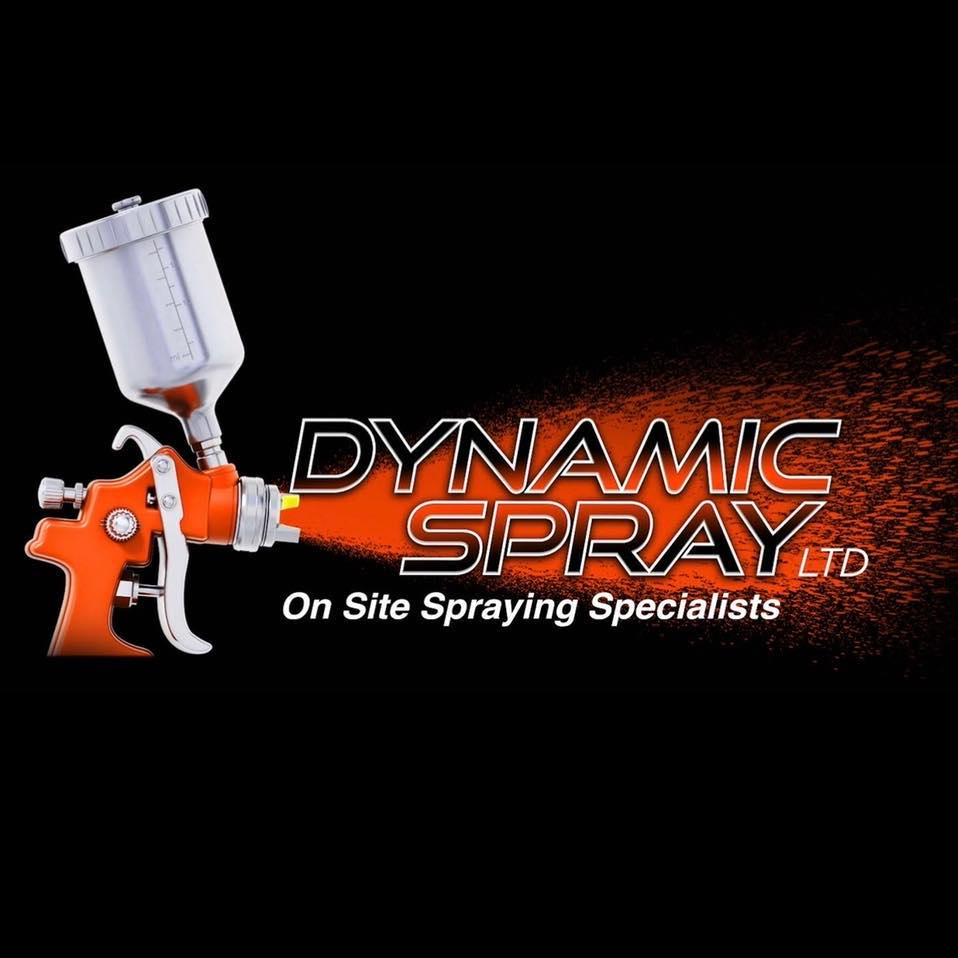In the realm of artistic expression and practical applications alike, spray painting stands out as a versatile and efficient technique. From creating vibrant murals to coating automotive parts, spray painting offers a range of possibilities for both artists and professionals. In this article, we'll explore the art of spray painting, its diverse applications, and the benefits it brings to various industries.
Understanding Spray Painting
Spray painting is a technique that involves the application of paint or coating through the use of a pressurized air or gas-powered sprayer. The paint is atomized into tiny droplets and propelled onto the surface, creating an even and consistent layer of color. Spray painting can be done with a wide variety of paints, including acrylics, enamels, lacquers, and automotive finishes, as well as specialized coatings such as primer, varnish, and protective sealants.
Applications of Spray Painting
Spray painting finds applications across a wide range of industries and sectors, including:
- Art and Design: In the realm of art and design, spray painting is used to create vibrant murals, graffiti art, and street art. Artists use spray paint to express their creativity and bring their visions to life on a variety of surfaces, including walls, canvases, and urban landscapes.
- Automotive: Spray painting is a fundamental process in the automotive industry for painting cars, trucks, motorcycles, and other vehicles. Automotive spray painting requires precision and expertise to achieve smooth, glossy finishes that enhance the appearance and durability of vehicles.
- Construction and Architecture: Spray painting is used in construction and architecture for coating building exteriors, interiors, and structural elements. It is particularly useful for covering large surface areas quickly and efficiently, such as walls, ceilings, and steel structures.
- Furniture and Woodworking: Spray painting is commonly used in furniture manufacturing and woodworking for applying finishes to wood surfaces. It provides a smooth and uniform coating that enhances the appearance and protects the wood from moisture, UV rays, and wear.
- Industrial and Manufacturing: Spray painting is essential in industrial and manufacturing processes for coating metal, plastic, and other materials. It is used in various sectors, including aerospace, marine, electronics, and consumer goods, to apply protective coatings, corrosion inhibitors, and decorative finishes.
Benefits of Spray Painting
Spray painting offers several key benefits that make it a preferred method for various applications:
- Efficiency: Spray painting allows for quick and efficient application of paint or coating, covering large surface areas in a fraction of the time compared to traditional methods such as brushing or rolling.
- Uniform Coverage: Spray painting provides uniform coverage and consistent results, even on complex or irregular surfaces. It ensures thorough penetration and adhesion of coatings, resulting in smooth and professional finishes.
- Versatility: Spray painting can be adapted to a wide range of materials, shapes, and sizes, making it suitable for diverse applications across different industries and sectors.
- Precision and Control: Spray painting offers precise control over the application process, allowing for accurate targeting of specific areas and controlled dispensing of paint or coating. It minimizes waste and overspray, optimizing material usage and reducing costs.
- Quality Finishes: Spray painting produces high-quality finishes that are durable, long-lasting, and resistant to wear, weather, and environmental factors. It enhances the appearance and performance of surfaces, whether for aesthetic or functional purposes.
Best Practices for Spray Painting
To achieve optimal results and maximize the benefits of spray painting, it's important to follow best practices:
- Surface Preparation: Proper surface preparation is crucial for ensuring adhesion and durability of the paint or coating. Surfaces should be clean, dry, and free of dirt, grease, rust, and other contaminants before spray painting.
- Equipment Maintenance: Regular inspection and maintenance of spray painting equipment are essential for optimal performance. Clean and lubricate spray guns, nozzles, hoses, and other components to prevent clogs and ensure smooth operation.
- Safety Precautions: Wear appropriate personal protective equipment (PPE), such as gloves, goggles, and respirators, to protect against exposure to fumes, chemicals, and overspray. Work in a well-ventilated area and follow safety guidelines and regulations.
- Proper Technique: Use the correct spraying technique for the application, such as maintaining the proper distance from the surface, moving the spray gun in smooth and even strokes, and overlapping passes to ensure uniform coverage.
- Environmental Considerations: Consider environmental factors such as temperature, humidity, and airflow when spray painting to optimize drying times and minimize potential issues such as runs, drips, or orange peel texture.
Conclusion: Harnessing the Power of Spray Painting
In conclusion, spray painting is a versatile and efficient technique that offers a wide range of applications and benefits across various industries and sectors. Whether for artistic expression, automotive refinishing, construction, or manufacturing, spray painting provides quick, uniform, and high-quality results that enhance the appearance and performance of surfaces. By understanding the applications, benefits, and best practices of spray painting, professionals and enthusiasts alike can harness its power to achieve stunning finishes and unlock new possibilities in their respective fields. So, whether you're painting a mural, refinishing a car, or coating a building, consider the versatility and efficiency of spray painting for your next project.


No comments yet